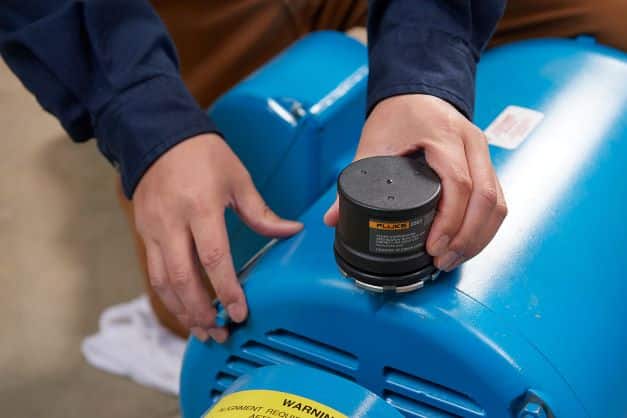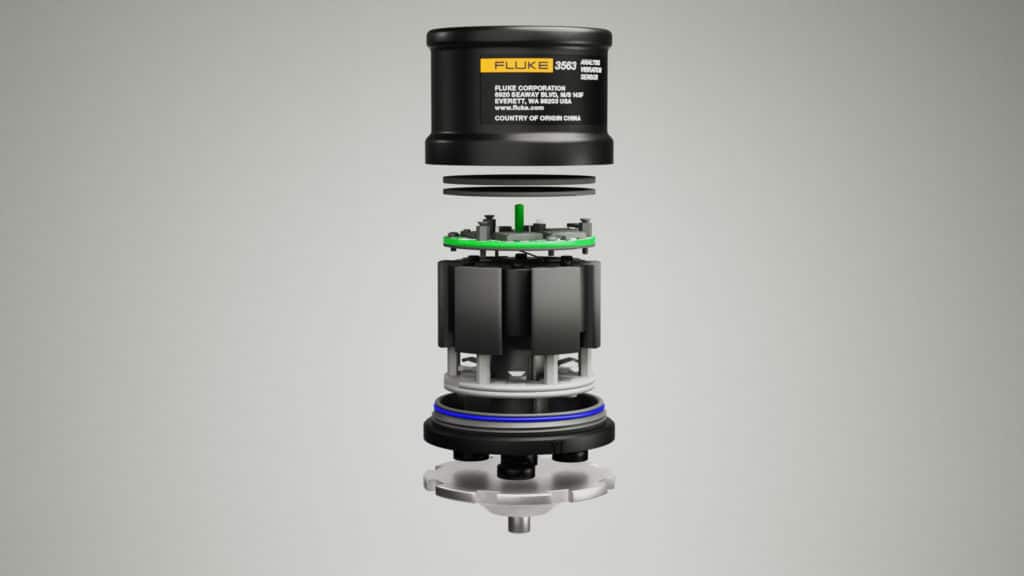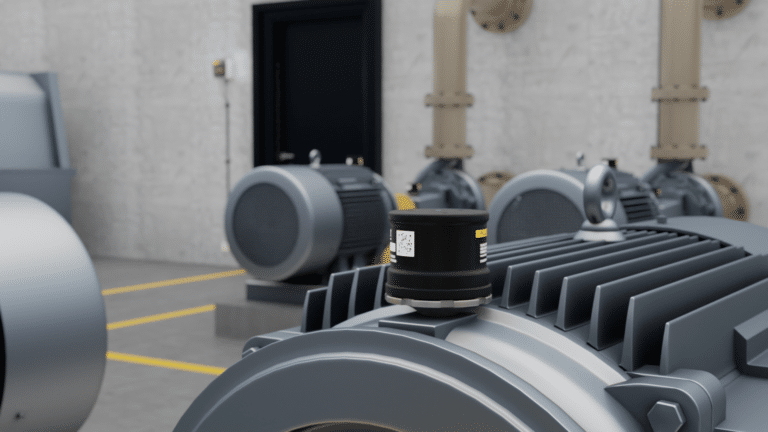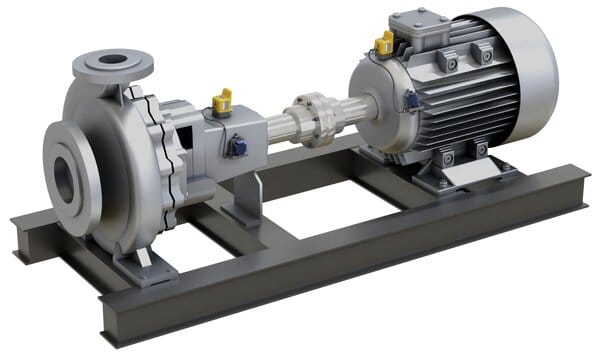
In recent years, maintenance organizations have been pushed to evolve, adopting new maintenance practices that include advanced wireless condition monitoring sensors so their teams can view data and get actionable insights no matter where their assets are located.
Today’s maintenance teams accept that it is not always possible or practical to monitor equipment in person. But by using high-speed connectivity technology, wireless vibration sensors can check an asset’s status and use cloud-based maintenance software to send alarms when a machine’s condition changes or falls outside of defined thresholds. This allows maintenance teams to monitor machine health without needing a technician to physically inspect each machine on site.
Research from Plant Engineering has shown that 48% of plants are already using connected devices for measuring and analyzing condition data to improve their maintenance programs – and that 30% are looking into it.
Wireless condition monitoring sensors can reduce the number of trips maintenance team members need to make to assets that are in dangerous or hard-to-reach areas. Automating some of the data collection process does not replace maintenance workers, but instead allows them to optimize their efforts, maximize asset life, and achieve measurable wins that help boost the bottom line.
What is the Difference between Condition-Based Maintenance and Traditional Maintenance?
Traditionally, preventive maintenance is performed on a schedule, and is designed to help prevent machines from failing as they wear down over time. However, traditional preventive maintenance is often inefficient and does not maximize an asset’s lifespan. What’s worse, preventive maintenance can often include maintenance tasks that just aren’t necessary and might even increase the chances of a machine breaking. In contrast, condition-based monitoring is a practice that relies on monitoring a machine’s condition to identify and plan maintenance actions in advance as needed.
Incorporating Wireless Condition Monitoring Sensors into Your Condition-Based Maintenance Program
Wireless sensor technology has expanded the possibilities of condition-based maintenance, and affordable sensors have put this maintenance practice within reach for more organizations than ever before.
Today it is possible, and advantageous, for organizations of all sizes to use wireless sensors to monitor their assets. Companies who haven’t invested in condition monitoring are experimenting, and companies who have are doubling down on their investments. Those that already use sensors on 25% of their machinery will have increased their use by four-fold from 2020 to 2023, Forrester predicted.

One of the most common conditions that wireless sensors monitor is vibration because a machine’s vibration can provide significant insight into a machine’s health and performance. By monitoring machine vibration, maintenance teams can determine when a machine exhibits excessive or abnormal vibration patterns that can signal potential faults that may prematurely wear components and shorten asset life. Wireless vibration monitoring enables teams to identify these faults early before the machine fails.
Additionally, by trending a machine’s vibration over time, teams can gain insights into machine health patterns and tailor their maintenance programs to improve efficiency, maximize asset uptime, and prevent unplanned downtime.
Battery Advancements in Wireless Sensor Technology
Wireless sensors require power to perform measurements and send data to the cloud. As such, they typically use batteries to operate. The more data is being sent, the faster the battery is drained – so teams developing wireless sensors have focused on optimizing how and when data is sent to increase battery life.
For example, a wireless sensor can analyze a machine’s conditions and send a quick snapshot of data before going back to “sleep” until the next data snapshot is required. If anomalies are detected in the snapshot, this can signal that there is a need for more substantial and prolonged data collection to diagnose the problem. With advancements like these, batteries in today’s sensors last longer and are lighter, more powerful, and less expensive than their predecessors.

Stay Informed with Relevant, Actionable Data
Another aspect to consider is the type of vibration data needed. High-frequency spectral data is important, and a screening sensor that is linked to an energy harvester can only gather so much energy.
Larger sensors take full spectral data several times a day. Some sensors take screening data, which can detect whether a problem exists – but more advanced sensors take analysis data, which is much more extensive and looks at patterns to identify faults.
The type of data required for each asset is based on how critical it is to an organization. Regardless of which type of vibration data is collected, it can be paired with other tools – such as oil analysis, thermography, or power monitoring – as part of a complete predictive maintenance program.
Kickstart Your Condition-Based Maintenance Strategy with Vibration Analysis
Vibration analysis is simply using a machine’s vibration data to identify potential faults. It involves trending a machine’s vibration level and quantifying any deviations from the norm. Part of vibration analysis is recognizing patterns, but it takes extensive training and experience to be able to spot all the necessary patterns.
Analysis software can take the data wireless sensors have collected and generate insights, notify people who can generate work orders and more. Once teams know what is causing a machine to experience abnormal or
excessive vibration, they can determine the necessary steps and timeframe to repair it. This way, teams can extend asset performance and make the most of all their resources.
Wireless condition monitoring sensors are straightforward to set up and offer accurate and reliable data. They require minimal maintenance, thereby helping teams increase their efficiency, reduce their maintenance spending and increase asset life and uptime.
Maintenance, like many other professions, has had some eye-opening lessons from the COVID-19 pandemic. The plant of the future means machines can tell us what is wrong with them – and maintenance teams can work smarter, not harder, as a result. This can make all the difference when a global pandemic, supply chain crisis, or geopolitical event changes everything.






